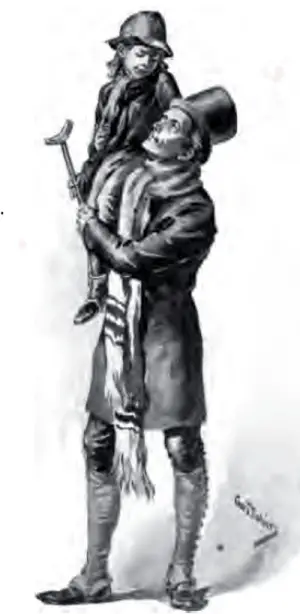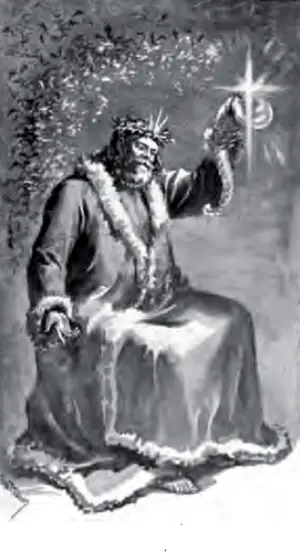- Elizabeth Larson
- Posted On
Wal-Mart plans to expand Clearlake store
Wal-Mart officials met with city of Clearlake staff on Dec. 5, at which time they submitted an application to expand their current store on Dam Road, said City Administrator Dale Neiman.
Kevin Loscotoff, a Wal-Mart spokesman, confirmed the plans.
He said the Clearlake Wal-Mart was built in 1994 and is 109,000 square feet, an “average-sized” store for the time in which it was built.
Loscotoff told Lake County News that the corporation wants to expand the store to about 148,000 square feet. The expanded store isn't being called a supercenter.
Stores are designed specifically for the communities they're meant to serve, said Loscotoff.
The reason Wal-Mart is moving forward with its expansion is that the demand from the community has grown so significantly that “it's actually surpassed the intended original customer demand,” Loscotoff said.
As part of the expansion, Loscotoff said the store's exterior and interior will be updated, with new fixtures and design, and wider aisles to make shopping more comfortable and convenient. The exterior will feature updated but no new signage.
“It is intended to be a store of the community,” he said, noting that the corporation is very excited about the expansion.
Perhaps the most notable changes will be that the tire and lube express services will be replaced by new general merchandise and a full service grocery, according to Loscotoff.
He said Wal-Mart has been expanding its grocery services at stores all over the country due to demand.
Wal-Mart is reported to be the world's largest retailer, with grocery sales also on the rise. The corporation owns a chain called Neighborhood Markets, which are groceries only, said Loscotoff.
Despite the recession, Wal-Mart has continued to show rising profits. Its November sales report shows a 6.5-percent growth rate for its US stores that the corporation said exceeded expectations, and was punctuated by a strong Black Friday, the day after Thanksgiving.
Loscotoff said they don't have a timeline for the expansion at this point, which he said will be dictated by the city's administrative process.
Neiman also, couldn't specifically outline a timeframe for the expansion.
“What we told them was that they were going to have to do an EIR (environmental impact report),” said Neiman. “They already knew that.”
Neiman said an EIR was completed on the prior project, which city staff is currently reviewing to see if it is applicable here and how much remains valid. Once city staff is done with the review, they'll discuss with Wal-Mart what they've found.
He said he suspects there are a lot of issues from the prior EIR that won't need to be addressed this time. However, Neiman added that he expect Wal-Mart will have to conduct a drainage study and build a retention basin for the site. He believes that the building's current facilities have been sized for full development.
Neiman confirmed that Wal-Mart officials didn't bring up the “supercenter” designation, which he said usually covers much larger stores closer to 200,000 square feet or above.
In the city's review, they also will look at potential square footage limitations. Neiman said that, based on the city's zoning ordinance, there are three factors that affect building size – landscaping, parking and current building size.
“Typically it's those three factors in relation to lot size that tell you what you can do or can't do,” he said.
Loscotoff said the expansion will result in new job opportunities for the community, but he didn't have a projected number of jobs that will be created at this time.
Wal-Mart is carrying on several other store expansions around Northern California at this time, said Loscotoff. “We continue to see strong demand from the customers,” he said.
As one example, the company reported that it is expanding its Willows store to a supercenter.
“We're proud of our ability to be able to allow our customers to save money so they can live better,” Loscotoff said.
Other local businesses were concerned at the news of the Clearlake Wal-Mart's proposed expansion into the grocery business.
Dennis Darling, president of Foods Etc., anticipates the expansion will make it difficult for other area grocers.
The city already has several grocery stores – Foods Etc., Ray's Food Place and Safeway, said Darling.
“Clearlake doesn't need another 50,000 square feet of grocery, I can tell you that,” said Darling.
Darling likened Wal-Mart to the Borg Collective from the “Star Trek: The Next Generation” television series. The collective is made up of cyborgs that go around assimilating everything in its path.
“They're not good for local communities,” Darling of Wal-Mart.
He added that the idea that Wal-Mart will generate more money for the community has been proved wrong time and again. Rather, he said they cannibalize current businesses.
Ray's Food Place, located next door to the Clearlake Wal-Mart on Dam Road, could be affected the most.
Dan Cepeda, director of marketing for C&K Market Inc. of Brookings, Ore., which owns 60 Ray's Food Place and Shop Smart stores in California and Oregon, said they've been affected by Wal-Mart expansions in other markets.
“Wal-Mart definitely impacts local business whenever they bring their stores to a town, either new builds or expansions such as a supercenter,” Cepeda said.
He added, “We definitely would expect to be impacted by that move of theirs,” at the Clearlake store.
Cepeda said Ray's Food Place will continue focusing on its strengths – customer service, clean stores and fully stocked merchandise. Bigger retailers can't quite match them on that level, he said.
Ray's Food Place has six stores in the greater Grants Pass, Ore. area, said Cepeda. In the same area, Wal-Mart expanded a store to a supercenter. “Our stores fared very well,” he said. “Sales continue to be strong.”
Initially, there is always a drop off in sales, and then it begins to pick up again, he said.
Customers usually come back, said Cepeda. “Once the thrill of a new retailer is gone, they decide what it is they really want most.”
Neiman said Wal-Mart's proposed expansion is one of several commercial projects currently before the city, including a proposed Walgreens and Starbucks, a new Rite Aid, a Calvary Chapel project and the ongoing negotiations for the city's airport property.
E-mail Elizabeth Larson at This email address is being protected from spambots. You need JavaScript enabled to view it..
{mos_sb_discuss:2}

 How to resolve AdBlock issue?
How to resolve AdBlock issue? 










